The 4 Attachment Styles In Love
The 4 Attachment Styles in Love

Do you ever think about why you’re more inclined to attract or be attracted to certain types of people? Or why the people you’ve dated in the past weren’t as compatible with you as you thought? Love involves constant choice, commitment, and work—which all demand an intuitive understanding both of your partner and of yourself. One useful piece of information is learning about you and your partner’s attachment styles.
The intent of learning about attachment styles isn’t to box love up neatly into categories (that’s absurd), nor does it mean you’re stuck with one attachment style forever. In fact, it’s important to note that as time goes on, your attachment style can change from the way you evolve as a lover. If things have been fragile between you and your partner, realize that this is your chance to grow. You can start from self-examination and learn how to be a better person. Psych2Goshares with you the 4 attachment styles in love:
1. Secure
When you have a secure attachment style, you have a great advantage in love. You feel comfortable going to your partner when something is off and, in return, you allow your partner absolute freedom. People with a secure attachment style tend to…….
Continue Reading Here
More Posts from Karlfelersii and Others

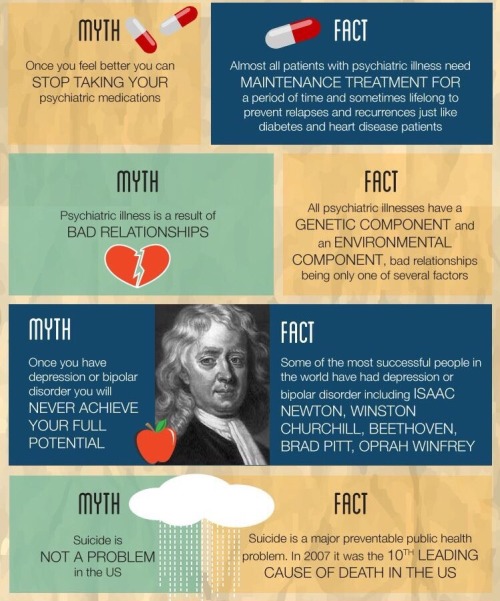


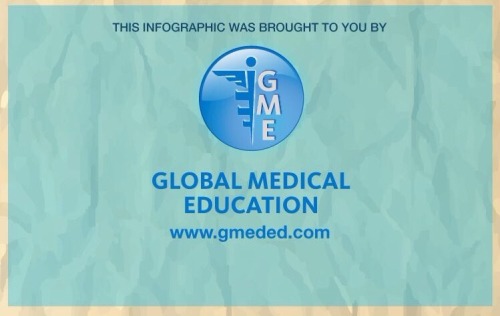
Myths & Facts about Mental Illness
source: Global Medical Education
For more follow us @ Awake Society
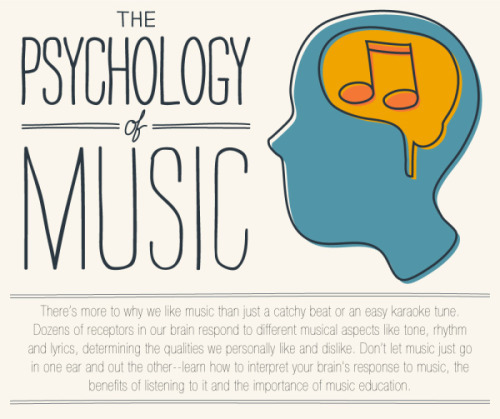
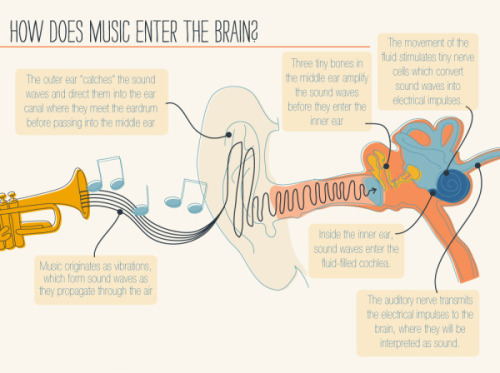
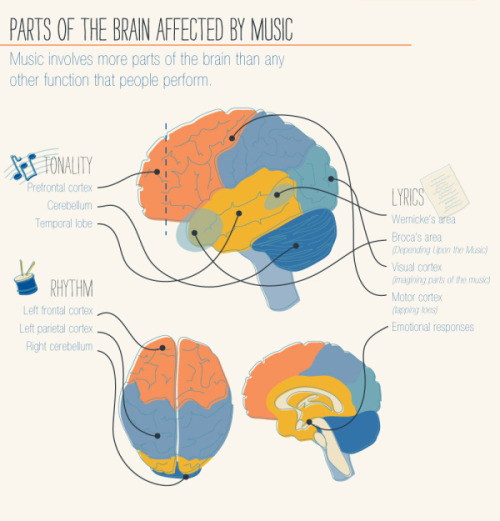
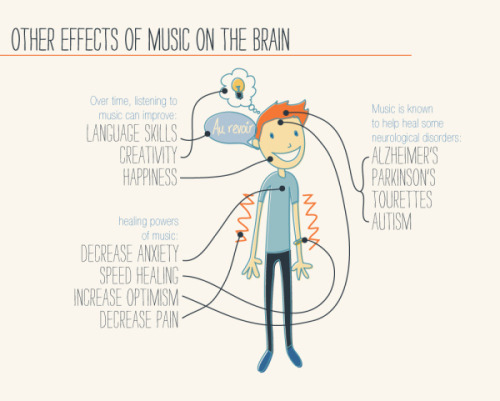
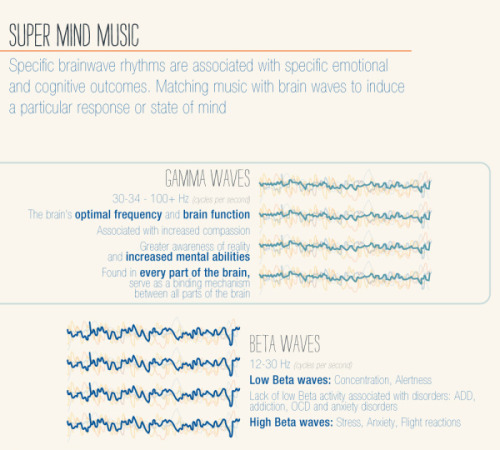
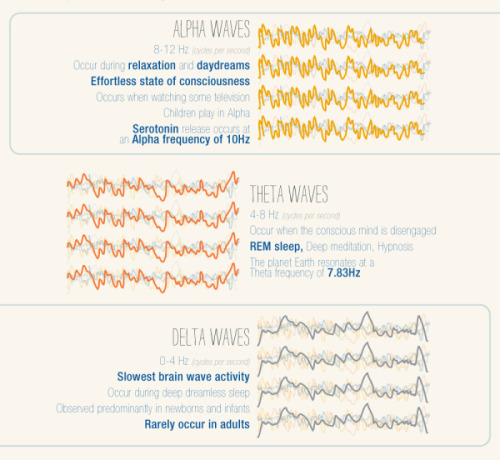

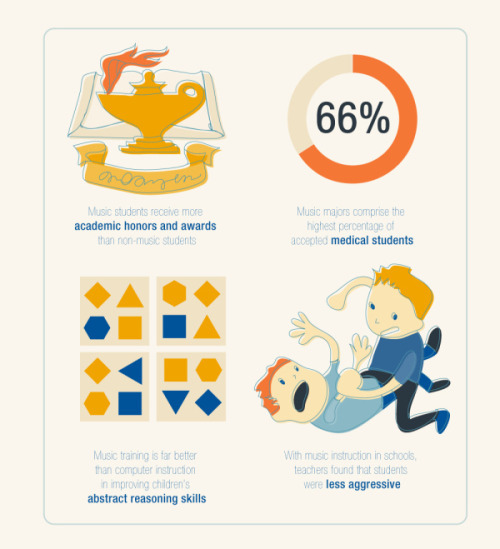


For more posts like these, go to @mypsychology
Dreamland, the Power of Lucid Dreaming

Have you ever had the experience of wondering if what was happening to you was a dream or real? If so, you’ve likely experienced a lucid dream.
A lucid dream is a dream in which you know you are dreaming. During lucid dreaming, you can control the characters, the environment, the narrative, and the outcome of the dream.
Is it really a thing? It is. I have experienced a lucid dream, though, I didn’t know that’s what it was at the time. I didn’t realize I could lucid dream until I did some research as to what lucid dreaming was all about….
What is Lucid Dreaming?
Is it Really a ‘Thing’?
What Can You Get Out of It?
How do you do it?
▻ Read All About It Here ◅
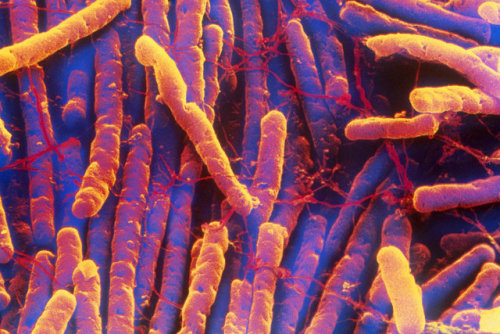
Go hygiene!
C. Diff Infections Are Falling, Thanks To Better Cleaning And Fewer Antibiotics
The risk of getting a deadly, treatment-resistant infection in a hospital or nursing home is dropping for the first time in decades, thanks to new guidelines on antibiotic use and stricter cleaning standards in care facilities.
The rate of new Clostridium difficile or C. diff infections climbed year after year from 2000 to 2010, researchers found. But an early look at 2011-2014 data from the Centers for Disease Control and Prevention’s Emerging Infections Program suggests infection rates are improving.
“Preliminary analyses suggest a 9 to 15 percent decrease in health care [C. diff] incidence nationally,” says Dr. Alice Guh, a medical officer at the CDC. “It’s very encouraging, but there’s still a lot to do.”
C. diff infections, which rose for decades, are now falling, according to the CDC. David Phillips/Science Source

Discovery challenges belief about brain’s cellular makeup
A discovery made by Junhwan Kim, PhD, assistant professor at The Feinstein Institute for Medical Research, is challenging science’s longstanding beliefs regarding the cellular makeup of the brain. This breakthrough was outlined in a study published in the journal Molecular and Cellular Biochemistry. Having a full understanding of the brain can help identify new therapies as well as develop guidelines to maintain brain health.
It has long been a belief in the scientific field that the building blocks of brain cells, phospholipids, are enriched by polyunsaturated fatty acids. When trying to prove that the brain, like other major organs, are made of polyunsaturated fatty acids, Dr. Kim and his team were surprised by the results.
“We found the opposite of what science has widely believed – phospholipids containing polyunsaturated fatty acids in the brain are lower than other major organs,” said Dr. Kim. “Knowing that there are lower amounts of polyunsaturated fatty acids in the brain, we may need to rethink how this acid impacts brain health and conditions like oxygen deprivation.”
Dr. Kim and his team analyzed brain, heart, liver and kidney tissue from animals and found that only 60 percent of the brain’s phospholipids were made up of polyunsaturated fatty acids. That’s compared to other organs, where the polyunsaturated fatty acid content is about 90 percent. It has also been previously presumed that high polyunsaturated fatty acids levels in the brain were what made it susceptible to oxygen deprivation or brain injury. Further research is required to find out the reasoning for the difference in acid levels, but it could also challenge beliefs about polyunsaturated fatty acids’ impact on these conditions.
“Dr. Kim’s findings challenge basic assumptions about the brain,” said Kevin J. Tracey, MD, president and CEO of the Feinstein Institute. “This paper is an important step to defining a new research path.”
15+ Things We Wish People Understood About Anxiety

It is utterly exhausting living in a near constant state of fight or flight for so long.
Continue Reading


If you like more posts like these, follow us @psych2go

-
 lost-heartofpassion liked this · 1 year ago
lost-heartofpassion liked this · 1 year ago -
 veganmisanthrope liked this · 1 year ago
veganmisanthrope liked this · 1 year ago -
 zestman69 liked this · 5 years ago
zestman69 liked this · 5 years ago -
 hiddenmushroomxx liked this · 5 years ago
hiddenmushroomxx liked this · 5 years ago -
 unsatisfiyed liked this · 5 years ago
unsatisfiyed liked this · 5 years ago -
 cuppaofjoe liked this · 5 years ago
cuppaofjoe liked this · 5 years ago -
 franzsandz liked this · 5 years ago
franzsandz liked this · 5 years ago -
 stayawildflower reblogged this · 5 years ago
stayawildflower reblogged this · 5 years ago -
 redthr3ad liked this · 5 years ago
redthr3ad liked this · 5 years ago -
 averageinside liked this · 5 years ago
averageinside liked this · 5 years ago -
 saltychildren reblogged this · 5 years ago
saltychildren reblogged this · 5 years ago -
 ineedmoresleep143 liked this · 6 years ago
ineedmoresleep143 liked this · 6 years ago -
 emalinathorn liked this · 6 years ago
emalinathorn liked this · 6 years ago -
 tenidkauket1975 liked this · 6 years ago
tenidkauket1975 liked this · 6 years ago -
 anxioussweetheart reblogged this · 6 years ago
anxioussweetheart reblogged this · 6 years ago -
 something-cunty reblogged this · 6 years ago
something-cunty reblogged this · 6 years ago -
 cool-nishima-things reblogged this · 6 years ago
cool-nishima-things reblogged this · 6 years ago -
 sheerutterrandomness liked this · 6 years ago
sheerutterrandomness liked this · 6 years ago
